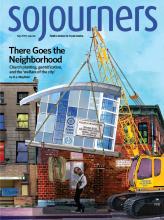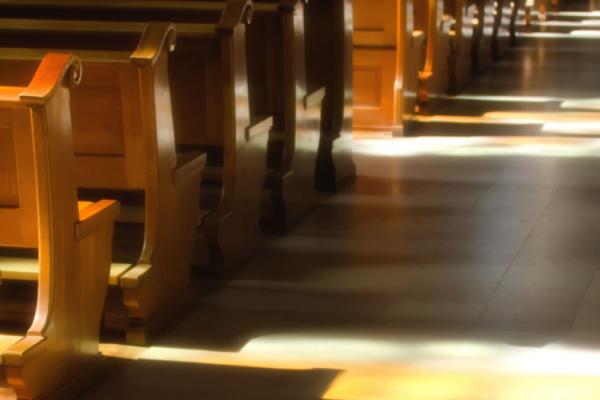WHAT DOES "SANCTUARY" mean today? The church I attend in Hyattsville, Md., a close-in suburb of Washington, D.C., took up this question after the 2016 presidential election.
Hyattsville Mennonite Church had been a “sanctuary church” in the 1980s. Given the current increase in the legitimate fear of deportation in the migrant community, we considered renewing our commitment to offering sanctuary.
In the 1980s, sanctuary was offered in the context of people fleeing the violence and devastation of the wars in Central America. In those days, offering sanctuary meant offering physical protection to individuals by housing them in churches—but it was also a broadly political statement of opposition to the U.S. government support for the wars in Nicaragua, Guatemala, and El Salvador.
Today the situation is different. The last comprehensive reform of U.S. immigration laws took place 30 years ago. Since then millions of undocumented people have established lives in the U.S. They’ve had families and raised their children here. But immigration laws have not kept pace, and paths to regularize their immigration status have been increasingly blocked. For most, there simply is no path.
Read the Full Article

